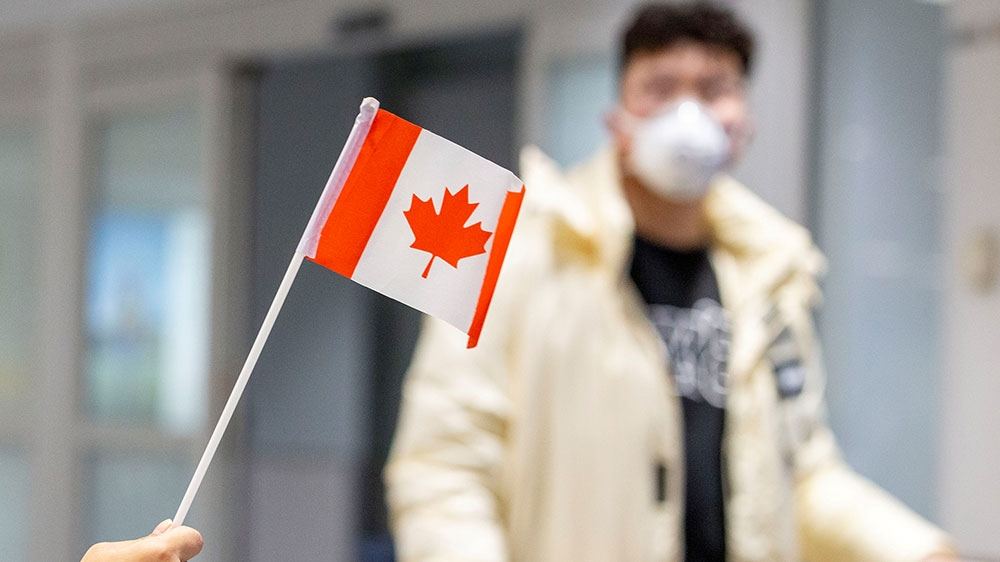[ad_1]

Canada’s capital city of Ottawa moved to the red zone on Friday as the spread of COVID-19 has been getting out of control, Trend reports citing Xinhua.
Red brings with it some of the strictest restrictions detailed on the pandemic scale, second only to grey lockdown.
Going red means avoiding social gatherings, only leaving home for essential reasons, and not having inside visitors, on top of existing health advice including masking, distancing and staying home when being sick.
The decision to go to red was announced as the province of Ontario, where Ottawa is located, reported 1,553 new COVID-19 cases and 15 new deaths on Thursday.
Ottawa has never been red under this version of Ontario’s scale: for most of November and December, it was in orange, then it went into the provincial shutdown during the Christmas holidays and emerged back into orange about a month ago.
On Thursday, the Ontario government confirmed in the clearest terms that the province was in fact in the third wave of the COVID-19 pandemic.
“We are in the third wave,” Ontario Chief Medical Officer of Health David Williams said while describing the increase in reported COVID-19 cases in recent weeks.
The province reported 1,745 new COVID-19 cases and 10 deaths on Friday.
Friday’s case count brings the total number of lab-confirmed cases in Ontario to 325,254, including deaths and recoveries.
There were at least 759 patients infected with COVID-19 in Ontario hospitals as of Friday. Of those patients, 309 were in the intensive care unit (ICU) and 176 of those 273 patients were breathing with the assistance of a ventilator, according to the Ontario government.
Since the province began actively searching for COVID-19 variants of concern, there had been 10,995 mutation cases discovered in lab-positive tests across Ontario. Of those mutations, 704 were found in the last 24-hour period.
While more than 10,000 variant mutations had been discovered, only 1,258 had undergone genome testing in order to be officially categorized, health authorities said.
There were at least 1,175 cases of the B.1.1.7. variant in Ontario, as well as 87 B.1.351 variants and 35 P.1. variants.
In Ontario, 294,749 total vaccinations had been completed as of Friday.
Over the past week, there had been an eight percent increase in daily cases, with an average of almost 3,300 new cases daily, the Public Health Agency of Canada said on Friday.
“Declines in lagging indicators of COVID-19 severity are also showing signs of leveling off or increasing slightly,” said Theresa Tam, Canadian chief public health officer, in a statement on Friday.
“To date, about 4,500 variant of concern cases have been reported across Canada, with the B.1.1.7 variant accounting for over 90 percent of these to date,” Tam said. “This includes 4,169 B.1.1.7 variants, 241 B.1.351 variants and 89 P.1 variants reported to date in Canada.”
“In some parts of Canada variants of concern now represent a high proportion of cases and the number of outbreaks involving these variants is increasing,” Tam added in the statement.
Canada reported 2,607 new cases of COVID-19 as of Friday afternoon, bringing the total to 925,453, including 22,612 deaths and 870,124 recoveries, according to CTV.
[ad_2]
Source link